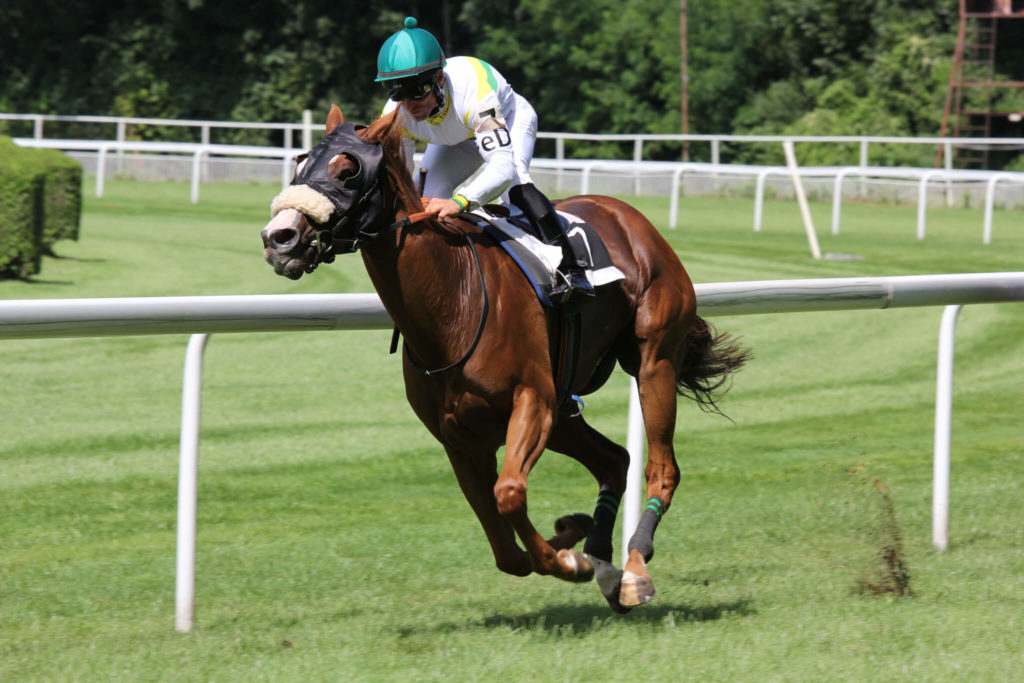Managing Your Pregnant Mare and Her Foal
As the day approaches for your mare to give birth to her foal, preparations should be made to create a warm and healthy environment. About 30 days prior to foaling, introduce the mare to the stall where she will foal, this allows her to produce protective antibodies against the microorganisms in the environment. She will then be able to pass these antibodies on to her foal in the colostrum.
Contacting your veterinarian a few days before your mare is expected to foal is advisable. A few signs that your mare is ready to foal include the following:
- Enlarging of udder with “waxed beads??? of colostrum.
- Frequent urination.
- Swelling and relaxing of the vulva.
- Relaxed croup muscles, producing a sunken appearance over the hips.
- Mare can become restless and start to sweat.
Foaling The Mare
In stage one, the mare is restless. This may continue for 12 to 24 hours. During this period, the foetus is positioned for delivery and the cervix is dilated. The water bag ruptures at this stage which lubricates the birth canal and aides in delivery of the foal.
Stage two, the actual birth or hard labour. It is usually rapid, with most foals born in 20 to 30 minutes. Normally the foal’s front feet appear first, with heels pointed down toward the mare’s hocks. The foal’s hind feet usually remain in the mare 5 to 15 minutes after foaling, while the foal and mare lie resting. In a normal delivery, the foal’s nose should be lying on or about the knees. One front leg usually is slightly forward of the other, speeding the foal’s movement through the birth canal. After the head exits the vulva, you may see a clear, transparent membrane, which covers the legs and head. If this membrane does not rupture and free the foal’s head, open it and free the head so the foal can breathe. It’s best not to disturb them while the umbilical cord is still connected.
Premature breaking of the umbilical cord by the mare, foal, or human intervention may result in a loss of very important fetal blood supply.
In stage three, the uterus shrinks and the placenta (afterbirth) is expelled normally without assistance. Never try to remove the placenta. If the placenta is still attached after 2 hours, call your veterinarian because it may result in a medical emergency.
After Foaling Care
It’s advised to monitor the mare and foal closely for the first 72 hours as it’s important that the dam and foal bond. It’s advisable to attend the foaling of all maiden mares to ensure safe delivery and bonding. If the mare does not accept the foal readily, you may need to restrain the mare and ensure that the foal nurses.
Mares are usually thirsty after foaling. Offer your mare slightly warm water; but do not let her drink too much at once. She also may be hungry, a wet mash is advised.
Allow the mare and foal outside for exercise in a small paddock or pasture the day after birth. Exercise may aid the mare in expelling uterine discharge and speeds the return of the uterus to normal condition. If there is a foul-smelling uterine discharge, this indicates a uterine infection, which requires veterinary attention.
A swollen, hot udder is an indication the foal has not nursed or the mare may have mastitis. If the foal has not nursed within the first 2 hours, there may be a problem and veterinary advice should be sought. It is essential the foal gets this first milk, called colostrum, as it contains the antibodies the foal will need to protect it from infectious disease.
It is always a good idea to have the vet check over the mare and foal shortly after foaling. At this time, an injection can be given to the foal to protect it from Tetanus as well as, if necessary, an enema can be given if it has not yet passed the meconium (first faeces).
Foaling is an incredible experience that is worth careful consideration. Allowing your mare to breed requires a strong dedication to the process. By ensuring that you are able to provide your mare with the necessary elements for a healthy pregnancy, you can aid your mare in the foaling process and reduce the risk of complications.
Providing your mare with an adequate supply of vitamins and minerals, exercise, good quality health care and a safe environment will make the process easier and more enjoyable for both you and your mare.
Managing Your Pregnant Mare and Her Foal Read More »






